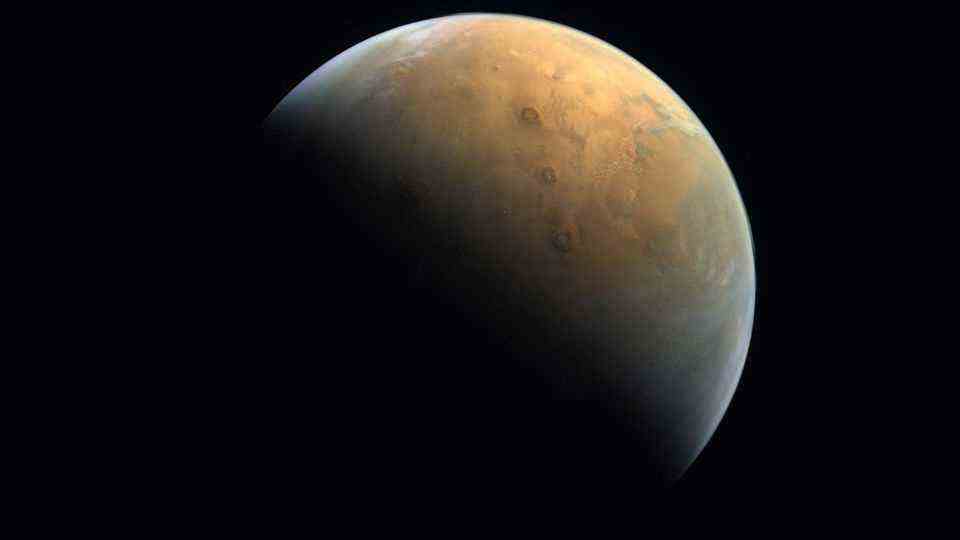Elon Musk company
Runaway SpaceX rocket on a collision course with the moon
A SpaceX rocket at launch. Elon Musk’s company is now expecting an impact on the moon. (archive image)
©Bill Ingalls/AFP
An almost seven-year-old rocket from Elon Musk’s company SpaceX has run out of fuel. Now it appears that it will collide with the moon.
A SpaceX rocket is on a collision course with the moon after hurtling through space for nearly seven years, reports the UK-based Guardian.
It was originally launched from Florida in February 2015 as part of an interplanetary mission to send a weather satellite into space. However, after the engines had been in use for a very long time, wear and tear and fuel shortages developed.
Company of Elon Musk: SpaceX rocket without fuel
Fuel shortages, in turn, meant that there was not enough energy to return to Earth’s atmosphere, while “there was a lack of energy to escape the gravity of the Earth-Moon system,” meteorologist Eric Berger explained in a post on the ArsTechnica website. “So it’s been in a bit of a chaotic orbit since February 2015,” he added.

Space observers believe that the four-ton rocket will hit the moon within a few weeks at a speed of around 9200 km/h, as the “Guardian” summarizes.
Bill Gray, who develops software for the technical tracking of near-Earth objects, asteroids, minor planets and comets, believes that part of the rocket will very likely hit the moon near the equator on March 4th. “This is the first unintended case [von Weltraumschrott, der den Mond trifft]that I know of,” Gray is quoted as saying by the Guardian.
Collision probably not visible
The exact spot where the missile will impact remains unclear due to the unpredictable effect of sunlight “pushing” on the missile. Uncertainties in the measurement of the rotation periods could still slightly change the exact point of impact: “These unpredictable effects are very small. But they will accumulate between now and March 4th.”
Asked if the collision would be visible from Earth, he told the Guardian he thought it was unlikely: “Most of the moon is in the way, and even if it were on the near side, the impact will occur a few days after the new moon.”
Sources: “Guardians”, Ars Technica



